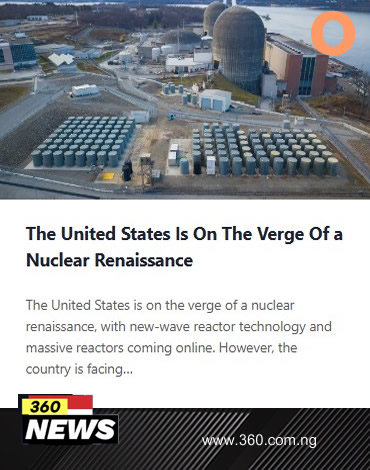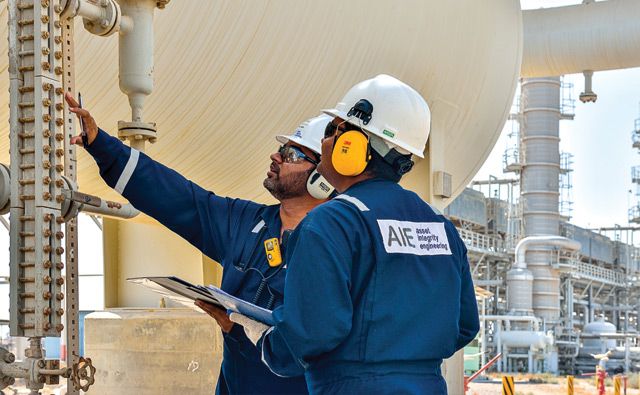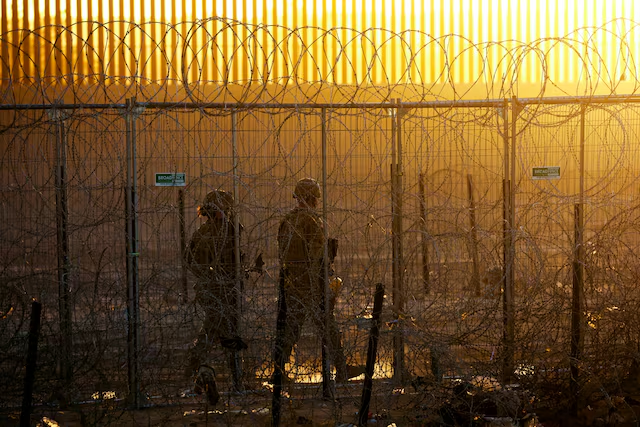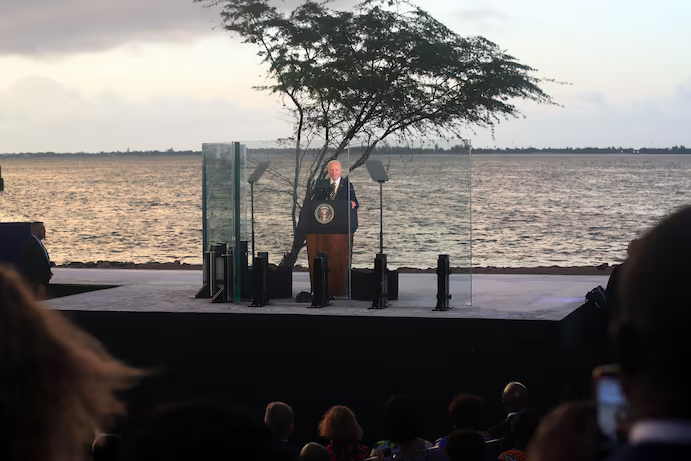The United States Is On The Verge Of a Nuclear Renaissance
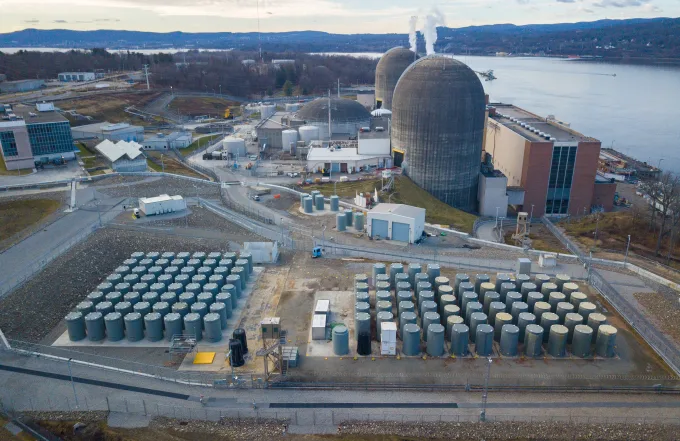
The United States is on the verge of a nuclear renaissance, with new-wave reactor technology and massive reactors coming online. However, the country is facing a significant challenge: what to do with the radioactive waste produced by nuclear energy.
The Indian Point nuclear power plant in New York, which was decommissioned in 2021, is a prime example of this issue. The plant’s remaining waste has been sealed inside over 120 metal and concrete canisters, which are stored on-site behind barbed-wire fences.
The US government has been struggling to find a solution to the nuclear waste problem. The proposed Yucca Mountain repository in Nevada, which was intended to be a permanent storage site for the country’s nuclear waste, was met with fierce opposition from local residents and was ultimately abandoned.
Today, the US is still without a permanent storage solution for its nuclear waste. The waste is currently stored at various sites around the country, including the Indian Point plant.
The US Energy Department’s deputy assistant secretary for nuclear waste, Paul Murray, is working to address the public’s concerns about nuclear waste. Murray believes that the key to gaining public acceptance of nuclear waste storage is to educate people about the safety of the storage containers.
Murray’s office plans to conduct a series of stress tests on the storage containers to demonstrate their safety. The tests will involve simulating various scenarios, such as train crashes and fires, to show that the containers can withstand them.
Despite these efforts, many communities remain opposed to hosting nuclear waste storage facilities. In New Mexico, for example, the state government has passed a ban on nuclear waste storage, and a case related to the issue is currently before the Supreme Court.
The nuclear waste issue is not only a technical challenge but also a deeply emotional and psychological one. Many people have concerns about the safety of nuclear waste storage, and these concerns are often rooted in a lack of understanding about the issue.
To address these concerns, it is essential to educate people about the safety of nuclear waste storage. This education effort should involve providing accurate and unbiased information about the storage containers and the safety measures in place to prevent accidents.
Ultimately, finding a solution to the nuclear waste problem will require a collaborative effort between the government, industry, and local communities. It will also require a willingness to listen to concerns and address them in a transparent and honest manner.
As the US continues to navigate the challenges of nuclear waste storage, it is essential to remember that this issue is not just a technical problem but also a deeply human one. By working together and engaging in open and honest dialogue, we can find a solution that is safe, secure, and acceptable to all parties involved.
Picture News
